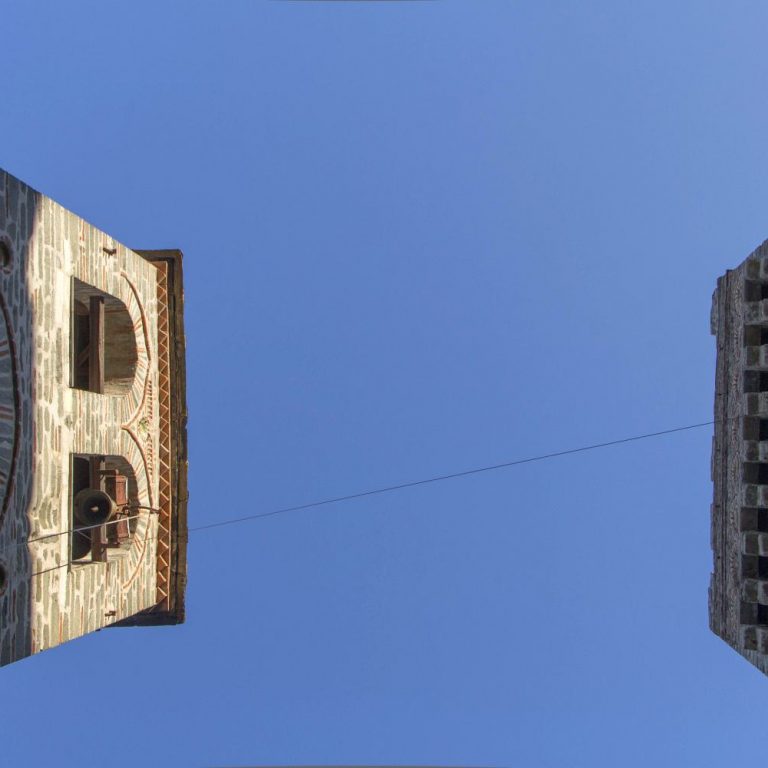Earlier References
As previously noted, the first mention of the Monastery in sources dates to 1018/19, the year when the Proto Nikiforos and the Synod of Karyes unsuccessfully tried to solve the border disputes among the three neighbouring monasteries Great Lavras, Amalfinon, and Karakallou. From that document, it is easy for someone to conclude that the Monastery was already operating at that time and that it claimed a significant area surrounding it, land which bordered with that of the Monastery Amalfinon. Perhaps it had been founded a little earlier, at the end of the 10th century or the beginning of the 11th, and was dedicated from the start to the highest-ranked apostles Peter and Paul, and that the dedication to the other holy apostles is witnessed for the first time in a signature of the Prior of the Monastery Theodoulos in 1076.
The next mention of the Monastery in sources is about 50 years later, during the time of the Emperor Romanou IV Diogeni (1068-1071). St Nikodimos the Athonite verifies that in his time – the last decades of the 18th century – fragments of imperial records existed that awarded ownership of dependencies in different areas to the Monastery. In fact, the seal of the Emperor Romanou Diogeni was still attached to the fragment seen by Nikodimos. However, shortly before the middle of the next century, only the imperial seal from the document seen by Nikodimos had survived, as is stated in the 1842 brief history written by the hieromonk Neofutos. This imperial seal is still preserved in the Monastery today. The testimony of Nikodimos must be accurate, which means that between 1068-1071, the Monastery had an unspecified number of important dependencies in different areas, and that it was recognized among the other known monasteries to the extent that it warranted the publication of an imperial document.
From that time until the end of the 13th century, there is little information about the Monastery, and that is limited to the names of Priors and representatives of the Monastery who signed various documents, and to references of events in hagiological sources. However, these references do serve to document the unbroken and continuous life of the Monastery, a fact which is not consistent with the widespread but rather unsubstantiated information about its periodic abandonment.
The next mention of the Monastery in sources is about 50 years later, during the time of the Emperor Romanou IV Diogeni (1068-1071). St Nikodimos the Athonite verifies that in his time – the last decades of the 18th century – fragments of imperial records existed that awarded ownership of dependencies in different areas to the Monastery. In fact, the seal of the Emperor Romanou Diogeni was still attached to the fragment seen by Nikodimos. However, shortly before the middle of the next century, only the imperial seal from the document seen by Nikodimos had survived, as is stated in the 1842 brief history written by the hieromonk Neofutos. This imperial seal is still preserved in the Monastery today. The testimony of Nikodimos must be accurate, which means that between 1068-1071, the Monastery had an unspecified number of important dependencies in different areas, and that it was recognized among the other known monasteries to the extent that it warranted the publication of an imperial document.
From that time until the end of the 13th century, there is little information about the Monastery, and that is limited to the names of Priors and representatives of the Monastery who signed various documents, and to references of events in hagiological sources. However, these references do serve to document the unbroken and continuous life of the Monastery, a fact which is not consistent with the widespread but rather unsubstantiated information about its periodic abandonment.

